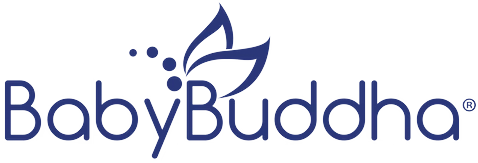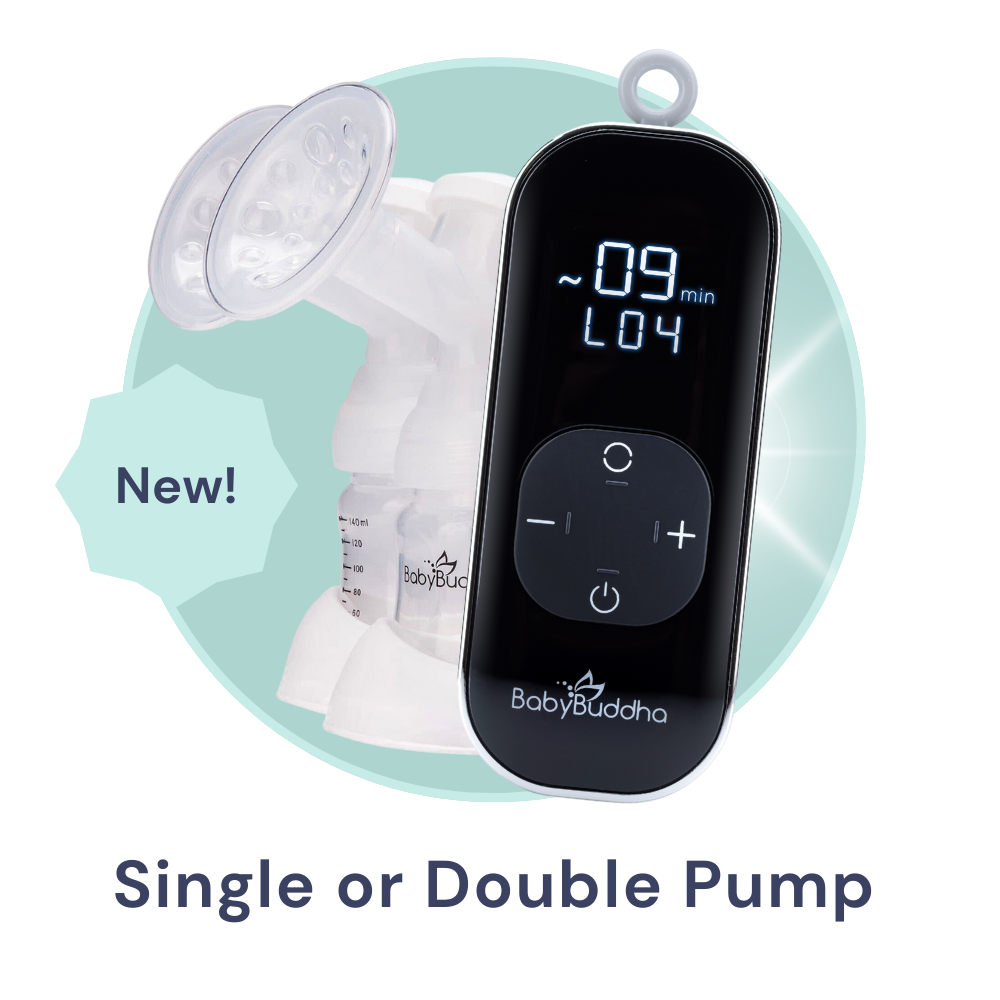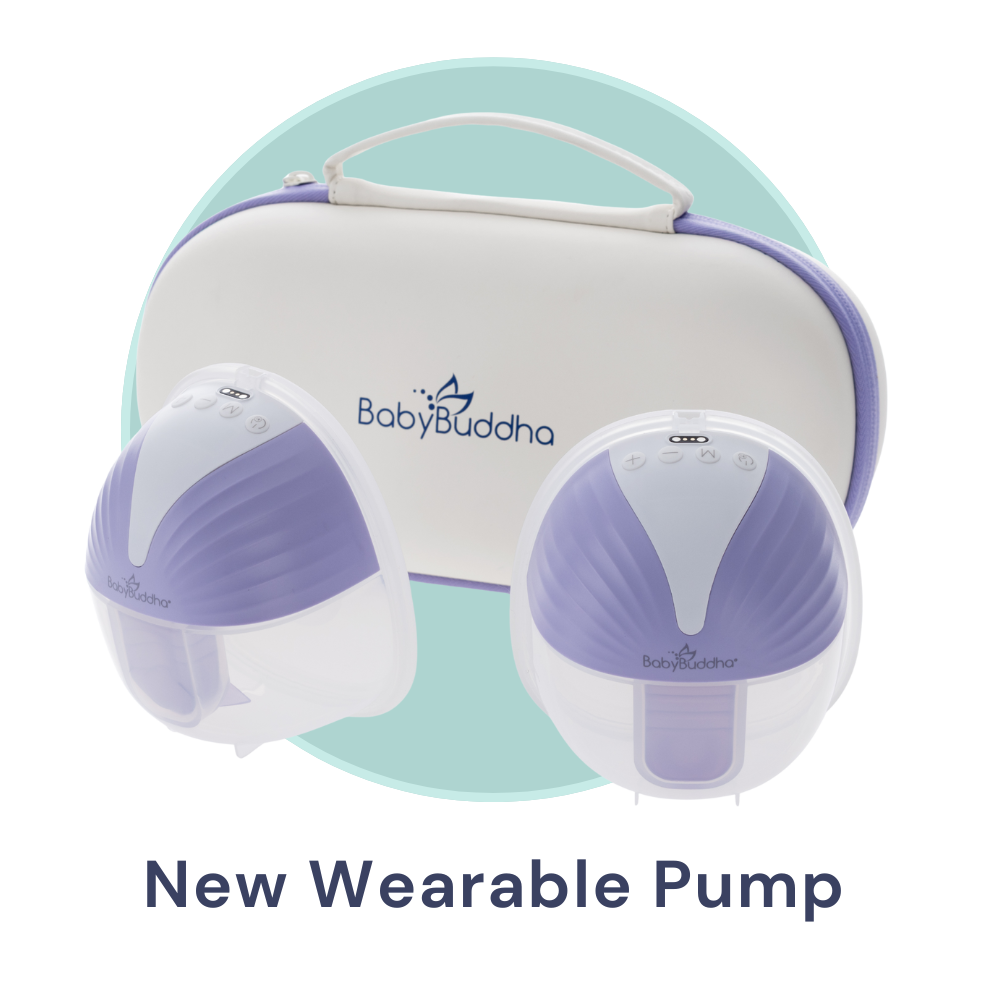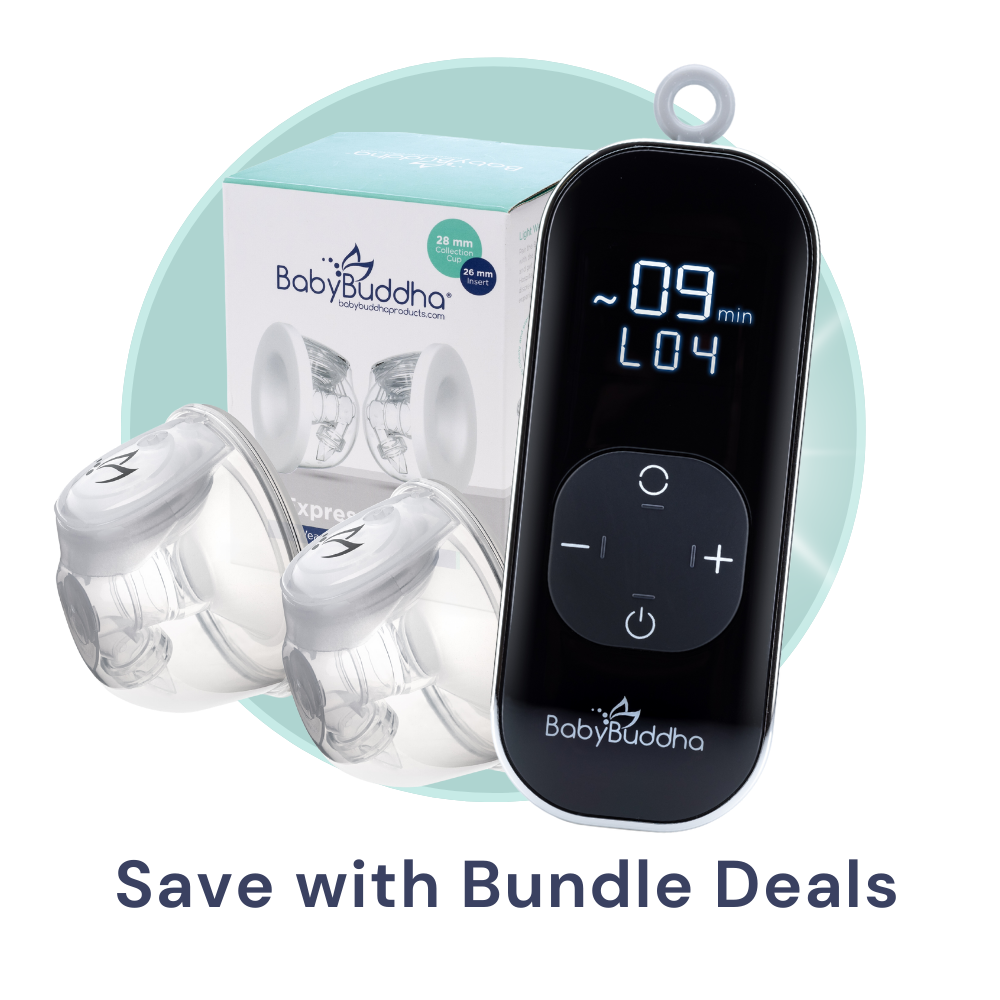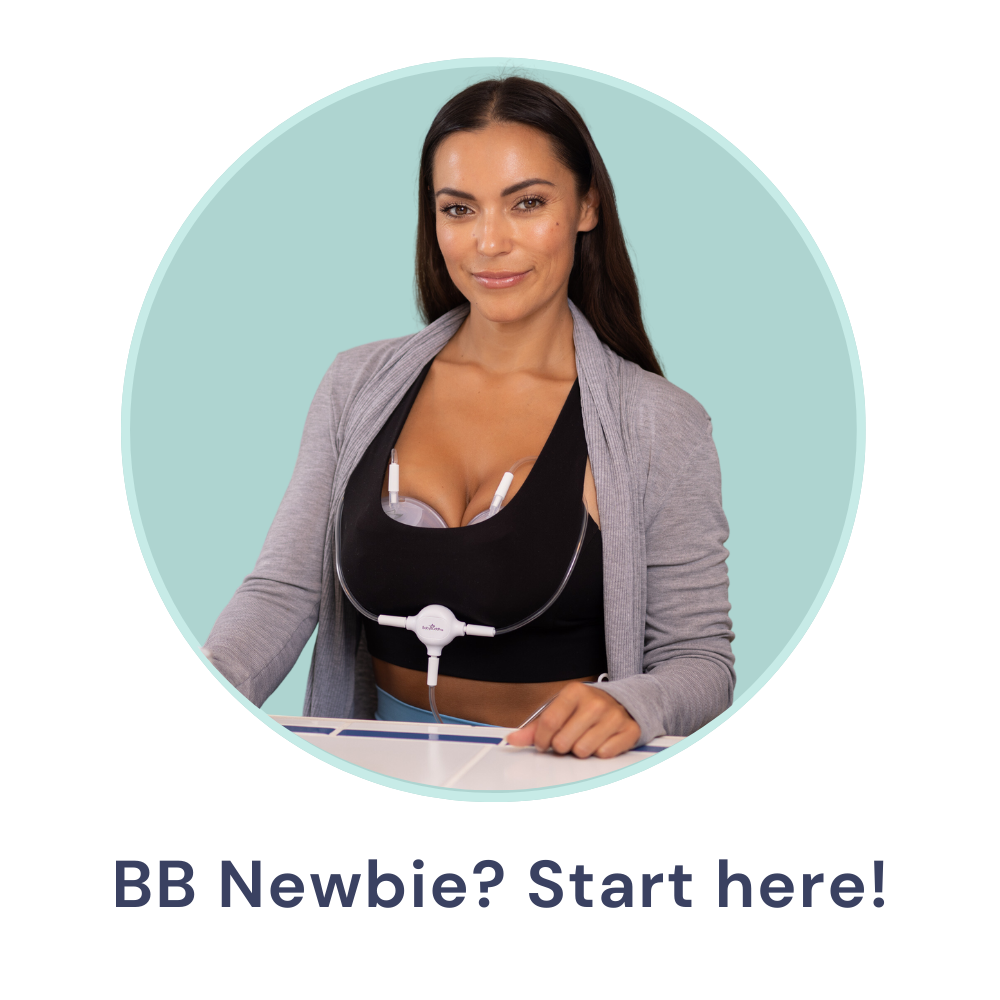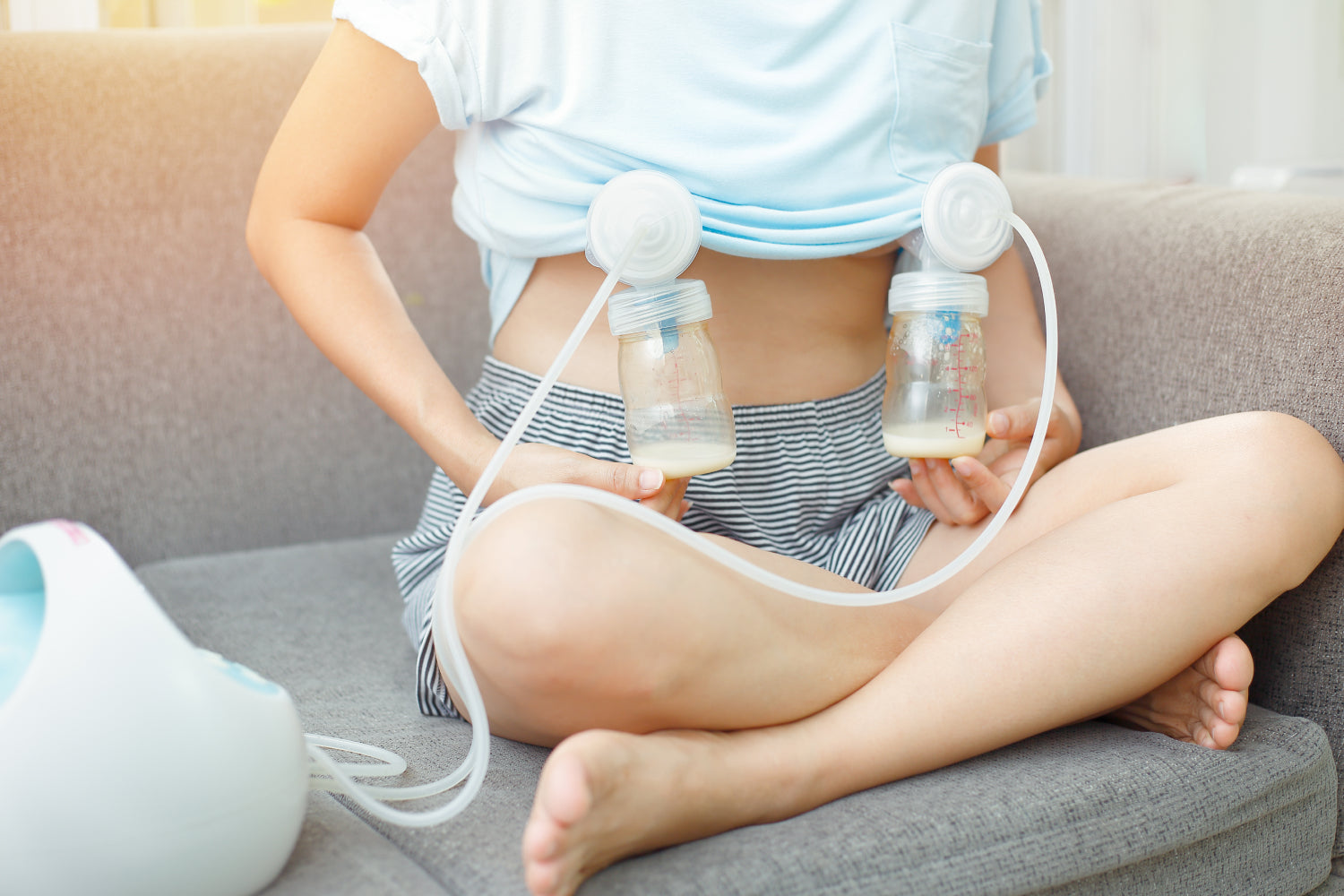As an expectant parent, there are many things that you may need to take care of your new baby. It’s one of the reasons that family and friends throw baby showers: You’ll need to be showered with gifts.
Much of the stuff your baby will need is relatively inexpensive, like onesies and diapers, but they add up quickly since your baby will go through them like that. There are plenty of big-ticket items, like a crib or stroller, but those tend to be one-time purchases. One thing to add to your registry is a breast pump since if you plan on pumping exclusively, a breast pump is a given.
Breast pumps are typically expensive, but in 2012 the Affordable Care Act (ACA) mandated that health insurance companies provide free breast pumps to their pregnant members or members who recently had a baby. It can be a multi-step process, and you’ll want to fill out the insurance forms for your pump of choice to get started.
A pump can also help moms to plan to do a mixture of breastfeeding and pumping. Pumping allows breastfeeding mothers to have milk on hand so that if someone else needs to feed your little one, a supply is at the ready. It also helps stimulate milk production, especially while mothers are away at work.
How can you get this great benefit? Let’s find out.
What Types Of Breast Pumps Are There?
When looking for a breast pump, you’ll want to find the one that’s best for you. There are many brands of breast pumps, but there are also different types. The two primary kinds of breast pumps are electrical and manual.
An electrical pump is either battery-powered or can be plugged in, and it has a motor that can mimic the sucking motion of a baby. Usually, electrical pumps have multiple settings for speed, strength, and rhythm that you can adjust depending on your comfort needs.
Battery-powered pumps are generally portable, and some are even rechargeable, like ours. They make pumping on the go much easier.
Among electrical pumps, you can usually find both single-breast pumps and double-electric breast pumps. Additionally, there are hospital-grade pumps, like the BabyBuddha Breast Pump, wearable breast pumps, and standard breast pumps.
Manual pumps typically require less apparatus, but if you’re pumping a lot, they aren’t as practical. However, if you only need to pump occasionally, like on a short road trip or to help soothe breast engorgement, a manual pump might be the right fit.
Which Types of Breast Pumps Are Covered By Insurance?
The type of breast pump that your insurance will cover depends on your insurance company and your insurance plan. However, there is one general guideline: Insurance carriers only approve "hospital-grade strength" breast pumps. Most insurance plans accept BabyBuddha because of this.
Does My Insurance Cover Breast Pumps?
The ACA requires health insurance providers to cover the cost of breast pumps and other breastfeeding supplies. However, the rule doesn’t universally apply because some insurance plans were grandfathered in, which means they aren’t required to fulfill this obligation.
It’s best to check with your provider before trying to order one since companies are able to decide what they will cover.
What About Medicaid, WIC, or Medical?
Medicaid can cover breast pumps as well, although you still should check with the specific health plan that you are under.
Although there aren’t typically any restrictions on brands, most Medicaid plans will only cover double electric pumps that are for personal use. Hospital rentals and single pumps usually aren’t covered. Medicaid is usually a last resort, so if you have a private healthcare plan, you should check with them before your Medicaid plan.
Medi-Cal typically only provides a breast pump when the mother cannot feed her baby through breastfeeding. Medi-Cal (and other insurance companies) may ask for a doctor's referral to accompany requests for pumps.
Women Infants and Children (WIC) can provide a breast pump if you are eligible. If there is a waiting period with the individual’s insurance, WIC might step in. Additionally, if mothers have no insurance, WIC will likely provide a pump in that case. If you can’t get one through private health insurance, you can check with your local office to see if you are eligible for aid through this resource.
When Should I Apply for a Breast Pump?
Usually, you’ll want to start applying for a breast pump before the due date, but it can depend on your insurance plan. Some companies may require that you wait until after the baby is born. You may need a prescription from your doctor, which may also need to wait until the baby has arrived.
Sometimes life has different plans, so even if your goal is to start the process before your baby’s birth, that may not be possible. You can still start the process after your little one has been born.
To get started on applying for a breast pump, fill out the BabbyBuddha online insurance form.
How To Get a Breast Pump Covered by Insurance
If you’re looking to get a free breast pump from your insurance provider, start by following these steps.
Call Your Insurance Company
The first thing you’ll want to do is talk to your insurance provider. It may be helpful to have a list of questions ready and take note of the answers you get. That way, you know what breast pump brands are in-network, what type of pump you can get, and whether they cover rentals or personal-use pumps.
You may want to discuss the process that your provider will want to follow: what the timeline looks like, whether or not you need a prescription, and things like that. You’ll also learn whether you have a grandfathered plan or not.
Talk To Your Primary Care Provider
Once you’ve figured out what kinds of insurance coverage you have, you should talk to your primary care provider or OB-GYN. If you need a prescription, you should be able to get one from them. Then you can give the prescription to your health insurance provider.
Depending on your healthcare provider’s recommendation, you’ll be able to get either a personal-use pump or a hospital-grade pump. The recommendation can depend on your and your baby’s health needs.
Follow Your Insurance Company’s Instructions
Once you’ve learned and gotten what you need, submit your request to your insurance company. Every company can have a different process, but by using the answers to the questions you asked at the beginning of the process, you should be able to submit everything you need to.
Use BabyBuddha’s Online Form
If you want a breast pump that is small, discreet, and performs well, you might be considering a BabyBuddha breast pump. To start the process, fill out our breast pump insurance form. With this form, we can talk to your insurance about sending you a covered breast pump.
In order to process this claim, we’ll need some information, including a prescription from your doctor.
Getting What You Need for Your Baby’s Arrival
New moms need a lot of different things, especially support. That support comes in the form of family, friends, your healthcare provider, and the supplies you need.
Whether it’s for health reasons or work reasons, it can be helpful to have a breast pump on hand. With the four steps above, you should be able to get the breastfeeding equipment you need, so you and your little one can be healthy and happy.
Sources:
Breastfeeding and Insurance | Baby Your Baby
Breastfeeding Benefits | HealthCare.gov
Helpful Hints on Obtaining a Free Breast Pump Through your Insurance | Knox County Tennessee
Working with Your Health Insurance to Get a Breast Pump | Intermountain Healthcare
How To Get a Breast Pump | Louisiana Department of Health
